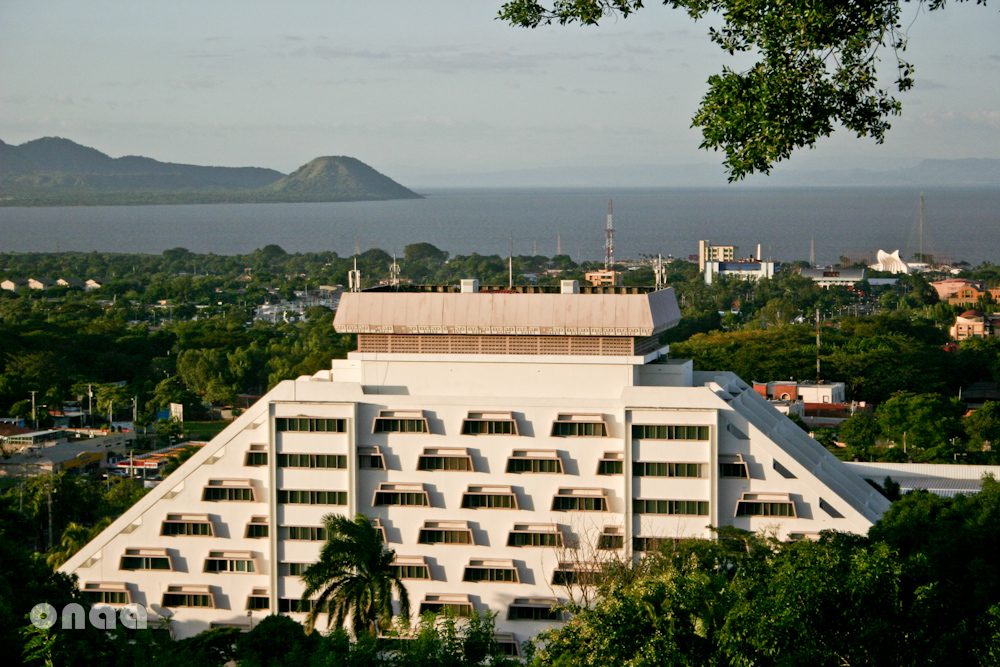The gross domestic product (GDP) will rise between 4% and 5% in 2022, the second year in a row of economic growth after three years of closing with a red balance, according to a report released this Thursday by the Nicaraguan Central Bank.
“Taking into account the mixed external environment for our economy and the positive evolution of domestic economic activity in the first months of 2022, the Central Bank estimates that the Nicaraguan economy will grow in 2022 in a range of between 4% and 5%” , pointed out the issuing bank of the State in a report on the “State of the Economy and Perspectives” as of May 2022.
Meanwhile, inflation will close between 6% and 7%, “as a result, above all, of the transfer of international prices to domestic prices,” he said.
The monetary entity noted that “inflation continues to be pressured upwards by external factors, related to the continuous increase in international inflation due to the persistence of supply restrictions associated with the pandemic, the geopolitical shock of the conflict in Ukraine and the confinements. in China”.
In this context, national inflation reached 9.95% in year-on-year variation as of April 2022, he detailed.
ECONOMY BETWEEN EXPORTS, REMITTANCES AND CONFLICT IN UKRAINE
Regarding economic performance, the Central Bank explained that, in general, “it is going through a dynamic stage, favored by relatively favorable internal and external conditions, in particular, by the decrease in the effects of the health emergency” caused by the pandemic. of covid-19.
Related news: Nicaragua closed 2021 with a debt of more than 14 million dollars, according to the Central Bank
He also highlighted that external demand has increased, which has allowed an increase in exports and external flows in general.
External flows in the first quarter of 2022 continued to be favored by the international context, in particular, exports and family remittances, he stressed.
However, the issuing bank of the State noted that “the environment derived from the international context presents new challenges.”
The Central Bank considered “that the main macroeconomic risks for the Nicaraguan economy will be associated with the effects of the current geopolitical environment, the further tightening of global financial conditions and the evolution of covid-19 and its variants.”
Related news: Central Bank of Nicaragua backs down on its decision to reform the córdoba exchange rate regime
Nicaragua’s economy grew by 10.3% in 2021, the first year of growth after three years in a row of closing with a red balance, according to the Central Bank.
The Nicaraguan economy had contracted by an average of -3.03% per year in the 2018-2020 period.
GDP decreased by 2.0% in 2020, as a result of the covid-19 pandemic and the damage caused by hurricanes Eta and Iota, in November of that year, according to the monetary authority.
In 2019 it fell 3.7% and 3.4% in 2018, due to the socio-political crisis that has affected the country for 49 months, according to the issuer.















